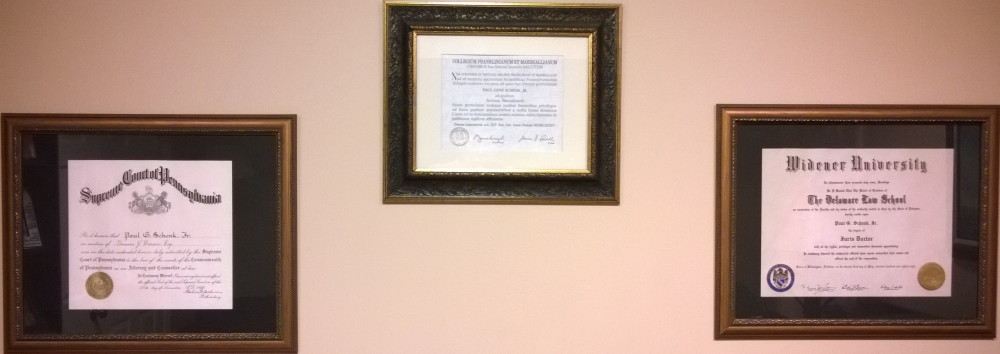THE FOLLOWING STUDY ARTICLE IS INTENDED TO SUPPORT AWARENESS . IT IS NOT LEGAL ADVICE. IF THE READER SEEKS LEGAL ADVICE CONCERNING HIS OR HER PARTICULAR SITUATION, HE OR SHE SHOULD SEEK OUT AN ATTORNEY IN A LAWYER CLIENT RELATIONSHIP.
26 U.S. Code § 501(c)(3) Establishes That A Public Religious Entity Operation Must Avoid Any Substantial Private Social Club Type Religious Activity
( All Underlining And Boldface Emphasis Added )
See 26 U.S. Code § 501 – Exemption from tax on corporations, certain trusts, etc.
(a) Exemption from taxation
An organization described in subsection (c)….shall be exempt from taxation under this subtitle …..
(c) List of exempt organizations The following organizations are referred to in subsection (a):
(3) Corporations, and any community chest, fund, or foundation, organized and operated exclusively for religious, charitable, scientific, testing for public safety, literary, or educational purposes,
See §1.501(c)(3)-1 Organizations organized and operated for religious, charitable, scientific, testing for public safety, literary, or educational purposes, or for the prevention of cruelty to children or animals.
(a) Organizational and operational tests. (1) In order to be exempt as an organization described in section 501(c)(3), an organization must be both organized and operated exclusively for one or more of the purposes specified in such section. If an organization fails to meet either the organizational test or the operational test, it is not exempt.
(2) The term exempt purpose or purposes, as used in this section, means any purpose or purposes specified in section 501(c)(3), as defined and elaborated in paragraph (d) of this section.
(b) Organizational test—(1) In general. (i) An organization is organized exclusively for one or more exempt purposes only if its articles of organization….:
(a) Limit the purposes of such organization to one or more exempt purposes; and
(b) Do not expressly empower the organization to engage, otherwise than as an insubstantial part of its activities, in activities which in themselves are not in furtherance of one or more exempt purposes.
(iii) An organization is not organized exclusively for one or more exempt purposes if its articles expressly empower it to carry on, otherwise than as an insubstantial part of its activities, activities which are not in furtherance of one or more exempt purposes, …. Thus, an organization that is empowered by its articles ….. to engage in the operation of a social club does not meet the organizational test regardless of the fact that its articles may state that such organization is created for charitable purposes within the meaning of section 501(c)(3) of the Code.
(iv) In no case shall an organization be considered to be organized exclusively for one or more exempt purposes, if, by the terms of its articles, the purposes for which such organization is created are broader than the purposes specified in section 501(c)(3)…
(d) Exempt purposes—(1) In general. (i) An organization may be exempt as an organization described in section 501(c)(3) if it is organized and operated exclusively for one or more of the following purposes:
(a) Religious,
(ii) An organization is not organized or operated exclusively for one or more of the purposes specified in subdivision (i) of this subparagraph unless it serves a public rather than a private interest. Thus, to meet the requirement of this subdivision, it is necessary for an organization to establish that it is not organized or operated for the benefit of private interests such as designated individuals, the creator or his family, shareholders of the organization, or persons controlled, directly or indirectly, by such private interests.
(iii) Examples. The following examples illustrate the requirement of paragraph (d)(1)(ii) of this section that an organization serve a public rather than a private interest:
Example 1. (i) O is an educational organization the purpose of which is to study history and immigration. ….The focus of O’s historical studies is the genealogy of one family, tracing the descent of its present members. O actively solicits for membership only individuals who are members of that one family. …..
(ii) O’s educational activities primarily serve the private interests of members of a single family rather than a public interest. Therefore, O is operated for the benefit of private interests in violation of the restriction on private benefit in paragraph (d)(1)(ii) of this section. Based on these facts and circumstances, O is not operated exclusively for exempt purposes and, therefore, is not described in section 501(c)(3).
To See A Categorically Listed Archive Of Preliminary Legal Study Based Article Posts , See The Drop Down Box On This Page Or Click https://studypostlex.com/categorizedarchive/
